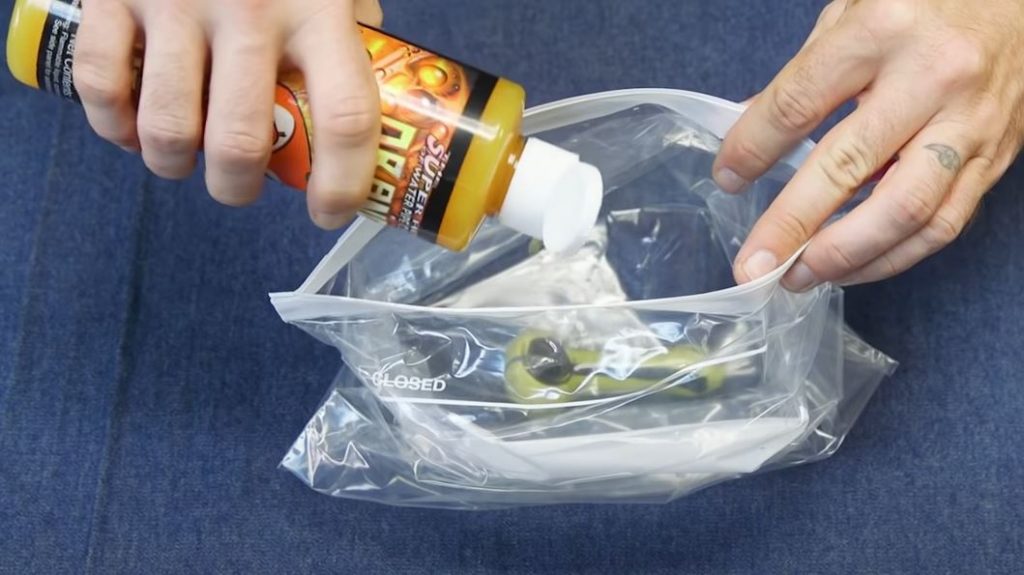
Now, a drug that does something similar for smoking could be on the way.ĭr Grieder notes that this potential drug is purely theoretical, for now, would likely take years to prepare for humans to take, and would by no means be a 'cure' for nicotine addiction, but rather a helpful tool for someone who has made up their mind that they serious about quitting and is changing their behavior, too. 'We would be specifically targeting these receptors on GABA neurons so that no one would feel pleasure from smoking, but it shouldn't affect anything else - like pleasure from sex or food - except maybe liking alcohol,' said Dr Grieder.Īn analogue for alcoholism already exists: Antabuse, a drug that triggers severe nausea if combined with alcohol. With the results of the new study, the team knows where to aim a drug, now they just need to make one. Now, Dr Grieder and her team have found specific receptors to target, without interfering with GABA's other broad-ranging roles. In fact, one anti-anxiety drug, Wellbutrin, is already marketed as having the added benefit of being a smoking cessation aid - but it's unlikely to be prescribed as just a quit-aid, to those without anxiety. GABA counterbalances neurotransmitters involved in stress, among its myriad other roles.īenzodiazepines, a class of drugs that includes Xanax, act on GABA and help treat anxiety. Those other neurons are related to the neurotransmitter, GABA. 'If we shut down those other neurons then only the disgust or aversion will be left.' 'So were were looking for new neurotransmitters that can make nicotine feel gross for everyone. 'You can't mess with dopamine, because if there's too much of it it leads to schizophrenia, and too little leads to Parkinson's and movement problems,' explains Dr Grieder. That switch partially explains how nicotine addicts stop feeling bad when they smoke, and only perceive the 'good' nicotine seems to do them.īut that doesn't really help Dr Grieder and her team come up with treatments to help break the addiction loop for smokers. 'It is almost like a switch in the brain that gets thrown and there's almost a breakdown in signalling so that now the aversion that was signaled through dopamine neurons is there, but it's almost like reward from relieving withdrawal,' she told. 'Aversion should be there all the time, but the more someone smokes, they're going to have changes in the amounts of receptors and in the signaling process in the reward system,' said lead study author Dr Taryn Grieder, who's been studying nicotine addiction for about a decade. One set of receptors is on dopamine, and the other is on GABA.ĭopamine is mostly thought of as a chemical for pleasure, but it's also involved in the aversion, or disgust, signalling process.Īnd dependence upon nicotine seems to mix up how it and nicotine interplay in both of these ways. Some of the receptors from these two populations travel to the same places, others travel to different ones. These receptors are one end of the branch-like structure of a neuron that extends to other various areas of the brain and body. The Toronto team discovered that nicotine hits two populations, or groups, of receptors in the same brain region, known as the ventral tegmental area (VTA), which plays an important role in the reward circuit. Scientists have long known that nicotine behaves in these two seemingly contradictory ways - but not how the pair of pathways play out in the brain, or why addiction so easily seems to overpower aversion.

The latter is clear in a child or non-smoker's initial reaction to the unpleasant, often described as noxious or smelling toxic.Īt the same time, nicotine also mimics the form and activity of acetylcholine, a neurotransmitter involved in pleasure as well as learning and several forms of addiction. It triggers both the brain's reward system and an aversion response. Nicotine is just as addictive, but an addict's relationship to it is more complicated than that between someone who is opioid dependent and their drug of choice. They flood the brain with 'feel good' chemicals, such as endorphins, which are released when we exercises, that increase feelings of euphoria and dull pain. Opioid drugs are a simple and powerful high. Now, scientists think they could flip the switch back (file) Nicotine triggers both disgust and delight circuits in the brain - but for addicts, it becomes more the latter than the former.


 0 kommentar(er)
0 kommentar(er)
